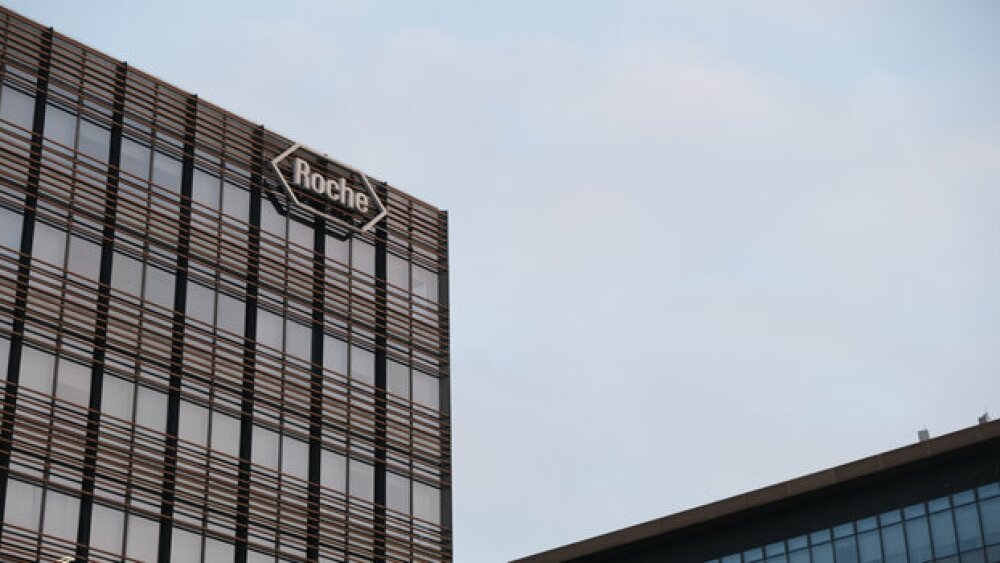On its third-quarter earnings call Tuesday, Sage highlighted the launch of its Biogen-partnered postpartum depression drug Zurzuvae but said it will stop pursuing approval for major depressive disorder, which the FDA previously denied.
Amid a season of setbacks, Sage Therapeutics reported strong third-quarter growth for its recently approved postpartum depression drug Zurzuvae, while announcing that it will no longer develop the therapy in major depressive disorder. In its Q3 earnings report released Tuesday afternoon, the company also noted a highly anticipated mid-stage readout in Huntington’s disease.
Specifically, Sage reported $11 million in third-quarter revenue for Zurzuvae—50% of the net revenue reported by partner Biogen—representing 49% growth from the second quarter of 2024. The biotech’s cash position was slightly less favorable on September 30, 2024, than it was four months prior, with $569 million in cash, cash equivalents and marketable securities compared to $647 million on June 30.
Sage was down 6.6% in premarket trading Wednesday, following the Q3 reveal.
Sage and Biogen won approval for Zurzuvae in August 2023 as the first pill for postpartum depression (PPD), but the milestone was somewhat overshadowed by the FDA’s rejection of the drug in major depressive disorder (MDD) —a much larger market. On an investor call Tuesday, Sage CEO Barry Greene said Biogen and Sage would not pursue development of Zurzuvae in MDD in the U.S. “based on the significant new investment and time we expect would be needed to conduct the additional studies.” Greene added that Sage is “prioritizing our resources and supporting the PPD patient community.”
Sage also announced it would discontinue Zulresso, an older PPD drug, as part of a strategic shift to more fully focus on the commercialization of Zurzuvae. Zulresso will be commercially available until Dec. 31, 2024.
Sage executives on the call also highlighted an upcoming Phase II readout for dalzanemdor in Huntington’s disease patients with cognitive impairment. The readout follows a string of recent failures, as Sage reported earlier this month that dalzanemdor missed the primary endpoint in the Phase II LIGHTWAVE study in Alzheimer’s disease on the heels of another Phase II failure in Parkinson’s disease in April 2024.
A Sage representative previously told BioSpace that Alzheimer’s and Huntington’s have differences in their underlying pathophysiology and symptomatology that can influence study outcomes. Sage Chief Medical Officer Laura Gault added that the Huntington’s disease patient population is “genetically defined” and younger than those seen in some of dalzanemdor’s previous studies. “That means this population is more homogeneous, has fewer medical comorbidities, and as a consequence, it’s easier to detect a signal in this population.”
Sage executives also addressed the recently announced strategic reorganization, in which it will part with over 165 employees. Greene said Tuesday that the decision was intended to strengthen the company’s balance sheet, focus on the Zurzuvae launch and Huntington’s readout, and explore opportunities across its early-stage pipeline.
“We believe that this restructuring will right-size Sage for future success,” Greene said.






